 Your new post is loading...
 Your new post is loading...
If I ask you or your students, "How do you learn," how many of you could clearly articulate this process? If you can, are the strategies you're using the best ones for learning? Furthermore, if the...
"It’s always revealing to watch learners research. When trying to understand complex questions often as part of multi-step projects, they often simply “Google it.” Why do people migrate? Google it. Where does inspiration come from? Google it. How do different cultures view humanity differently? Google it. Literally Google it. Type those questions word-for-word into the Google search box and hope for answers..."
"Researchers have long been searching for better ways to learn. In recent decades, experts working in cognitive science, psychology, and neuroscience have opened new windows into how the brain works, and how we can learn to learn better. In this program, we look at some of the big ideas coming out of brain science. We meet the researchers who are unlocking the secrets of how the brain acquires and holds on to knowledge. And we introduce listeners to the teachers and students who are trying to apply that knowledge in the real world."
Humans thrive on visual stimuli, and interaction. We don’t want to hear about the latest tablet, or even read an article about it. We want to see it for ourselves. More than that, we want to experience it for ourselves. We want to press all the buttons, test out the apps, and personalize every feature. …
"Calculators have come a long way since the first ones that could add, subtract, multiply, and divide. Now, for a modest cost, it’s possible to purchase a graphing calculator. Or, with your computer, you can put a free one in your browser."
"Even more than other types of education, eLearning must struggle to attract learners' attention: the Internet is full of distractions, and adult learners are both busier and more free to indulge in distractions. Helping students to pay attention is a primary concern of training professionals, so here are some optimal methods to win the attention game in eLearning."
"David Dockterman would like to see more productive failure. But as a lecturer at Harvard’s GSE, Dockterman sees students afraid to blemish a polished transcript. As Scholastic’s chief architect of learning sciences, he sees K-12 students all too familiar with failure and schools that don’t know how to support productive struggle."
"It comes as no surprise that the Internet grows exponentially by the minute, and in some cases by the second. It’s too late to turn back the clock, and it’s no wonder that our learners view school regulations of social media archaic and restrictive. We see the weekly chats with frustrated teachers who try to get colleagues to see the benefits of Twitter; yet this is not even the most popular media with our tweens, let alone young people under thirty."
In the classroom, fiero -- excitement that gamers experience when they overcome challenges -- makes students see that they're empowered players in their own education. They're released into the exciting adventure that learning can be. Without the intrinsic motivating power of fiero, however, gamification becomes nothing more than semantic spin: a language game in which a letter-based grade system is replaced by a points-based reward system. In these cases, gamification does little to address the shortcomings of a system that relies on high-stakes testing.
"I have been working on a tool for students to do a self assessment/reflection and feedback...The tool is based around the work of Stephen Dinham which is used be DET NSW and New Zealand eductors John Hattie & Helen Timperley."
Web-based games can prove to be a treasure trove of learning opportunities, and there are a variety of content-areas, age ranges, and skill levels to choose from. The true pay dirt for browser-based learning games can be found on large online digital game hubs. Here are 10 game hubs players that teachers can use to as one tool in their arsenal.
"A new study shows that we are far better at remembering what we see and touch than what we hear."
|
This infographic outlines the learning theory pioneered by George Siemens and Stephen Downes.
"Is your capacity for learning is fixed or fluid? Can you improve your intelligence and talents through hard work and practice, or are you stuck with the brains you’ve got? Stanford psychologist Carol Dweck says most of us have either a “fixed” or “growth” mindset when it comes to learning. Most of us can get through sixteen years of schooling regardless of which mindset we have, but when it comes to lifelong learning–learning for the sake of learning, without outside pressure–only a growth mindset will cut it."
“Slipping back” isn’t a shameful retreat from our goal—it’s part of the process of getting there.
"Learning Analytics is the measurement, collection, analysis and reporting of data about learners and their contexts, for purposes of understanding and optimizing learning and the environments in which it occurs."
Recently ThingLink introduced ThingLink for Video, an exciting new editor for annotating video content with rich media.
Different students have different ways of learning, and this is absolutely true for literacy. Jules Daulby, whose wheelhouse includes SEN and English teaching, discusses how a certain amount of pupils are best learning with their ears...
Gamification is one of the buzzwords in education right now, and for a good reason: Gamification is empowering, exciting, and under the right circumstances can be the disruptive innovator many teachers desperately need in order to change the dynamics between knowledge and the learner. There is an explosion of EdTech tools destined to gamify the …
"In today’s world of fast-paced touch screens, snaps, clicks, and tweets, we increasingly find it difficult to get our learners to see that design and presentation matter. We are not sure if this is the result of the over-scheduled child jumping from one activity to another, or the increasingly shorter attention span to stay with something to make it their absolute best. Now more than ever before, content and design matter in tackling a problem, iterating an idea, building a prototype, or constructing a presentation."
"Teachers are the arbitrators of knowledge and culture. Knowledge and culture are each dynamic, endlessly crashing and churning. This makes teaching significantly important and difficult work, and can leave teaching—as a craft—wide-eyed and nonplussed in response. Worse, those outside the bubble of education can understandably struggle to understand the problem. What are the teaching in those schools anyway? How is it any different from when I was in school?"
"Like cheating on a test, ignoring a friend’s phone call, wallowing in self-pity, or eating a pint of ice cream in one sitting, being wrong feels the worst when someone else is around to witness it. Unlike these things, being wrong is unjustly stigmatized as unacceptable. Everyone answers a question incorrectly now and then, but it’s the shame associated with being wrong, especially in front of others, that harms us more than the fault itself."
|



 Your new post is loading...
Your new post is loading...
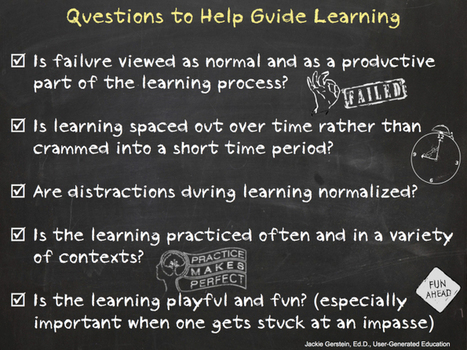

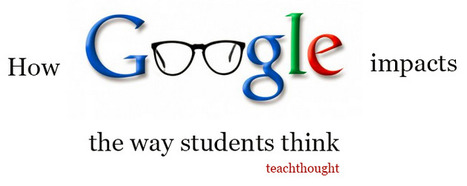
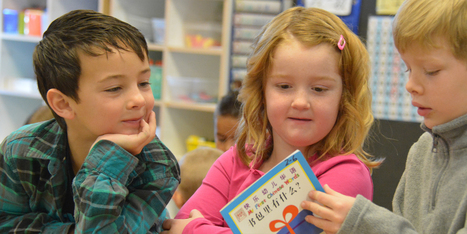
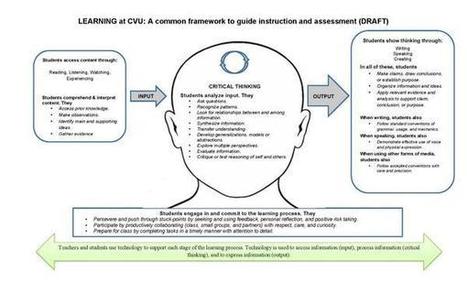


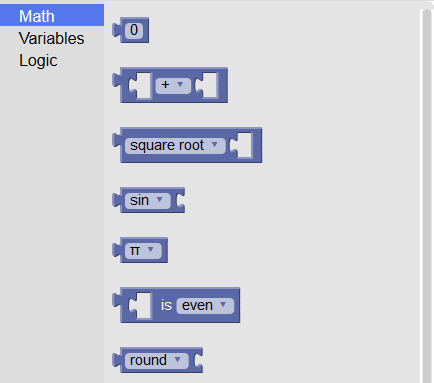

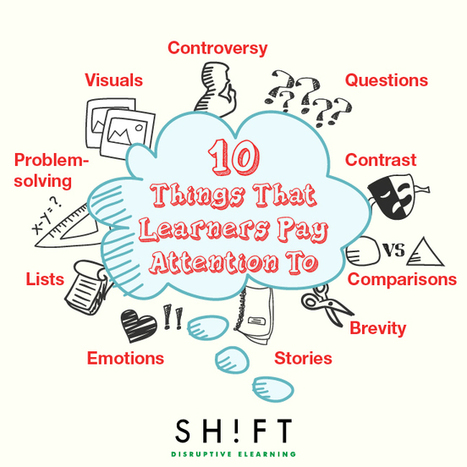




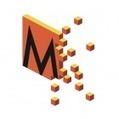
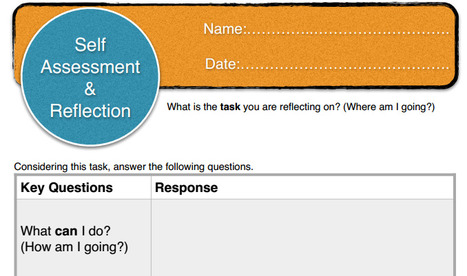

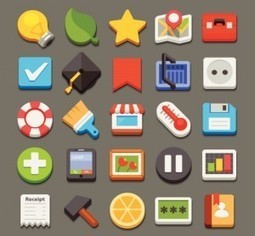










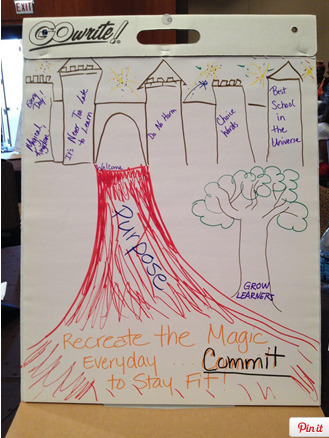







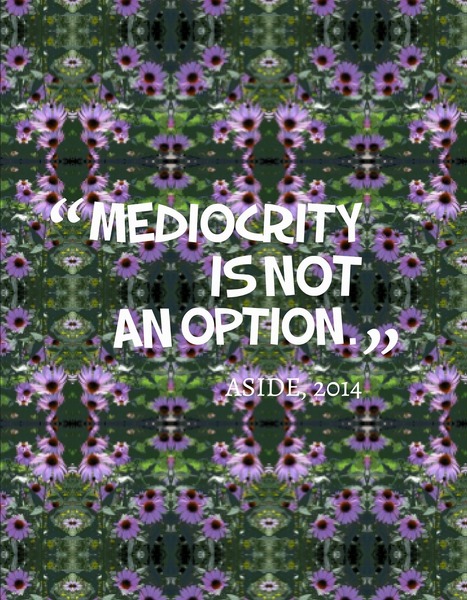
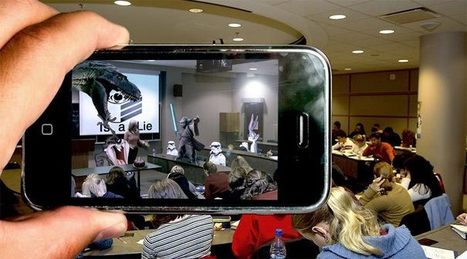

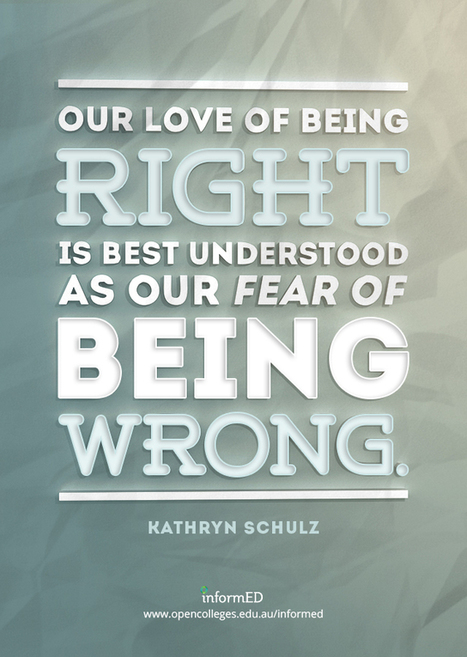





añada su visión ...